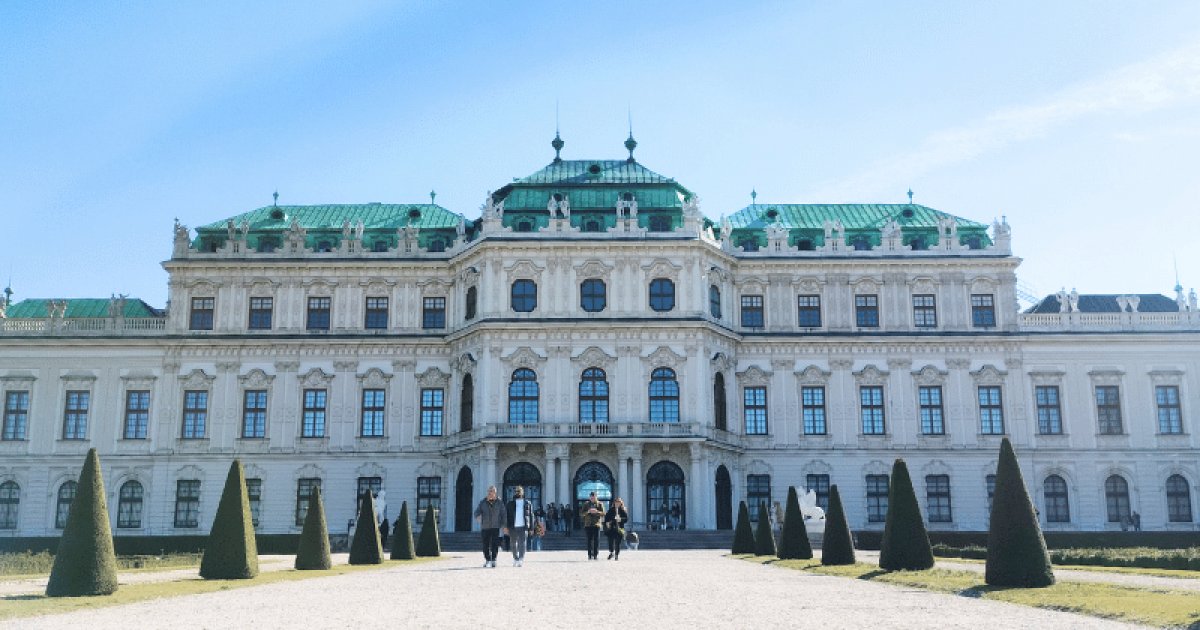BELVEDERE, Presentation
 Language: English / USA
Language: English / USA
Hi, my name’s Marcy, and I’m your personal guide. Along with MyWoWo, I’d like to welcome you to one of the Wonders of the World: the Belvedere.
The Belvedere is a splendid Baroque building, in which Gustav Klimt's finest masterpieces are displayed.
A palace, a garden, a villa... the Belvedere in Vienna is all of these things: an innovative building that marked a significant turning point in 18th-century European stately architecture.
It was the summer residence, outside the ancient city walls, of Prince Eugene of Savoy, a great leader in the wars against the Turks. The complex consists of two separate buildings, the Lower and Upper Belvedere, connected by a gently sloping French garden carved out along the slope of a scenic knoll.
At the time of construction, the area was on the edge between the city and the countryside, but just a few decades later, it had become one of the most desirable areas for the noble classes, thanks to the palaces built and their lavish gardens, some of which are now home to prestigious embassies.
The construction of the entire Belvedere took over twenty years, from 1700 to 1723. The huge project was designed by the architect Lukas von Hildebrandt, assisted by a host of decorators, gardeners, plasterers, cabinetmakers and sculptors. The Belvedere is now a prestigious exhibition venue dedicated to Austrian art from the Middle Ages to the 20th century, with collections that beautifully complement the 18th-century rooms and the views of the city from above, as the name "Belvedere" implies.
Visits usually start from the Lower Belvedere, which is often used along with the adjacent Orangery for popular temporary exhibitions. This was the summer residence of Prince Eugene, while the Upper Belvedere was used for parties and receptions. The exterior is relatively plain, but the interior retains the splendid 18th-century decorations.
The garden, with its sloping terrain, offers a marvelous, scenic walk, thanks to ramps accompanied by large fountain basins, grassy esplanades, vases and ornamental sculptures.
An interesting fact: In the Lower Belvedere, you will find the Prunkstall, which now houses a section of the museum. Although it is rich in Baroque stucco work and frescoes, its original function as the elegant gala stables is still perfectly recognizable.
The prince's twelve favorite horses had the fortune to be housed and cared for here!



